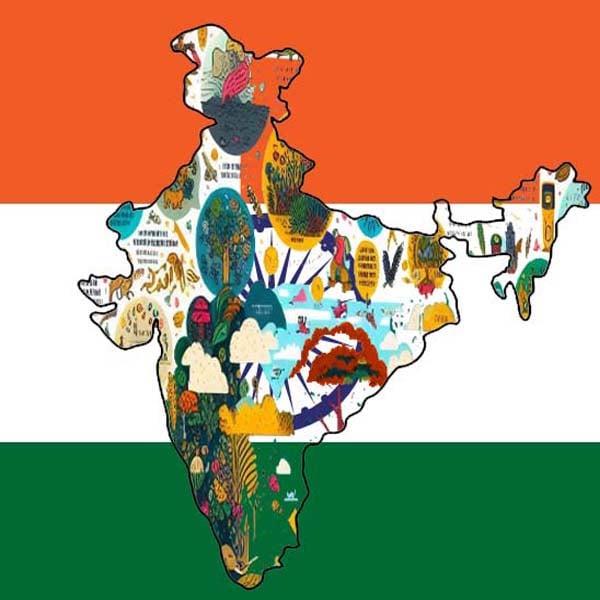
100 fascinating facts about the forests of India
Types of Forests in India
India's forests can be broadly categorized into several types, each with unique characteristics and ecosystems:
1. Tropical Rainforests: Found primarily in the northeastern states, the Andaman and Nicobar Islands, and parts of the Western Ghats, these forests are characterized by high rainfall, dense tree cover, and rich biodiversity. They are home to a wide variety of flora and fauna, including many endemic species.
2. Tropical Deciduous Forests: Also known as monsoon forests, these are the most extensive type of forest in India. They are divided into moist and dry deciduous forests, found in regions like central India, the eastern slopes of the Western Ghats, and the eastern parts of the country. These forests shed their leaves during the dry season and are vital for timber production.
3. Tropical Thorn Forests: Found in the arid and semi-arid regions of Rajasthan, Gujarat, and parts of Andhra Pradesh, these forests consist of hardy, drought-resistant trees and shrubs. They play a crucial role in preventing desertification and supporting local wildlife adapted to dry conditions.
4. Montanan Forests: Located in the Himalayan region, these forests vary with altitude and climate. The lower altitudes have temperate forests, while the higher elevations are home to alpine vegetation. Montanan forests are critical for protecting watersheds and maintaining the ecological balance of the Himalayan ecosystem.
5. Mangrove Forests: Found along the coastlines, especially in the Sundarbans region of West Bengal, mangrove forests are unique ecosystems that thrive in saline coastal waters. They provide crucial breeding grounds for many marine species and act as natural barriers against coastal erosion and storm surges.

